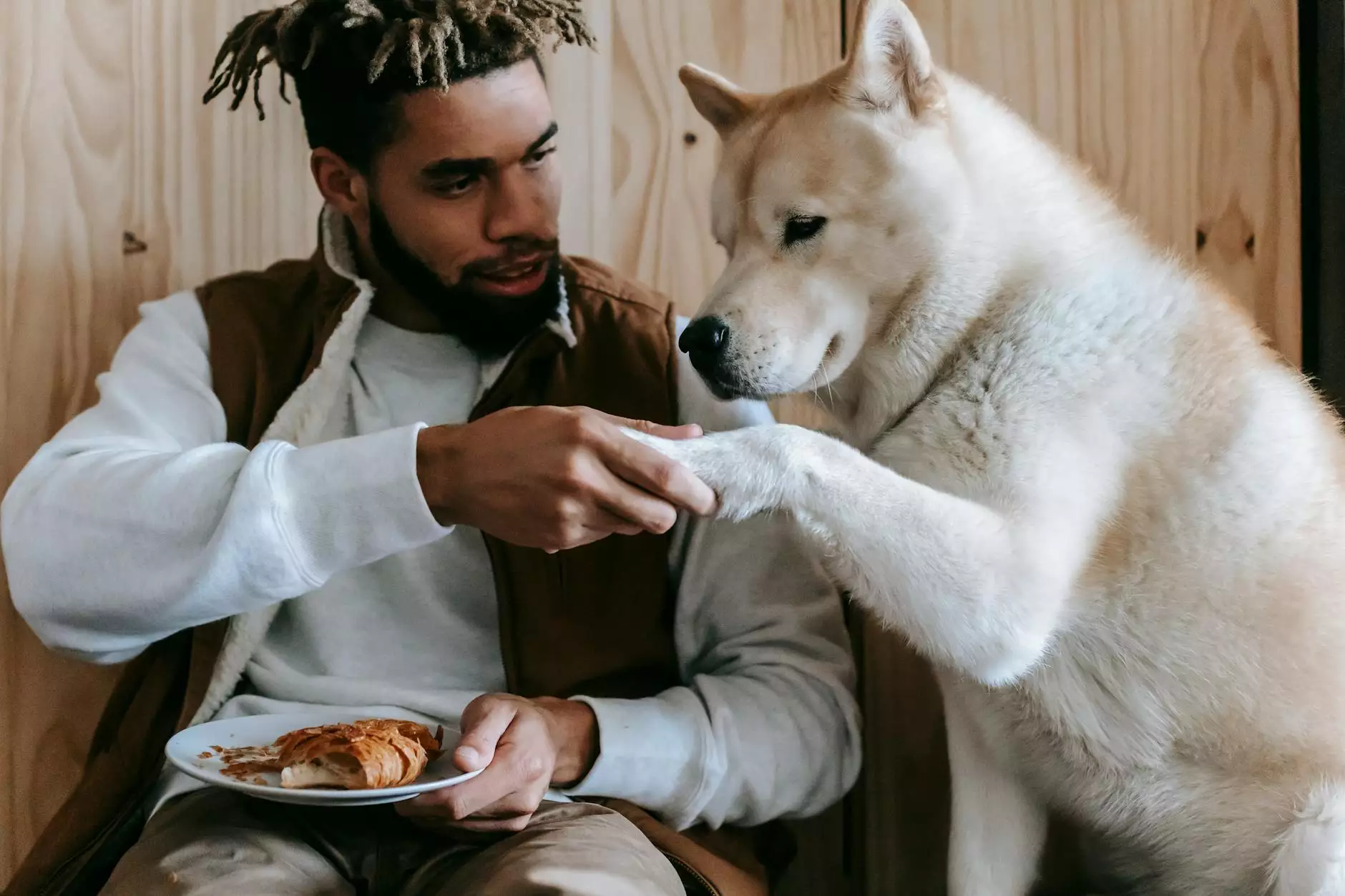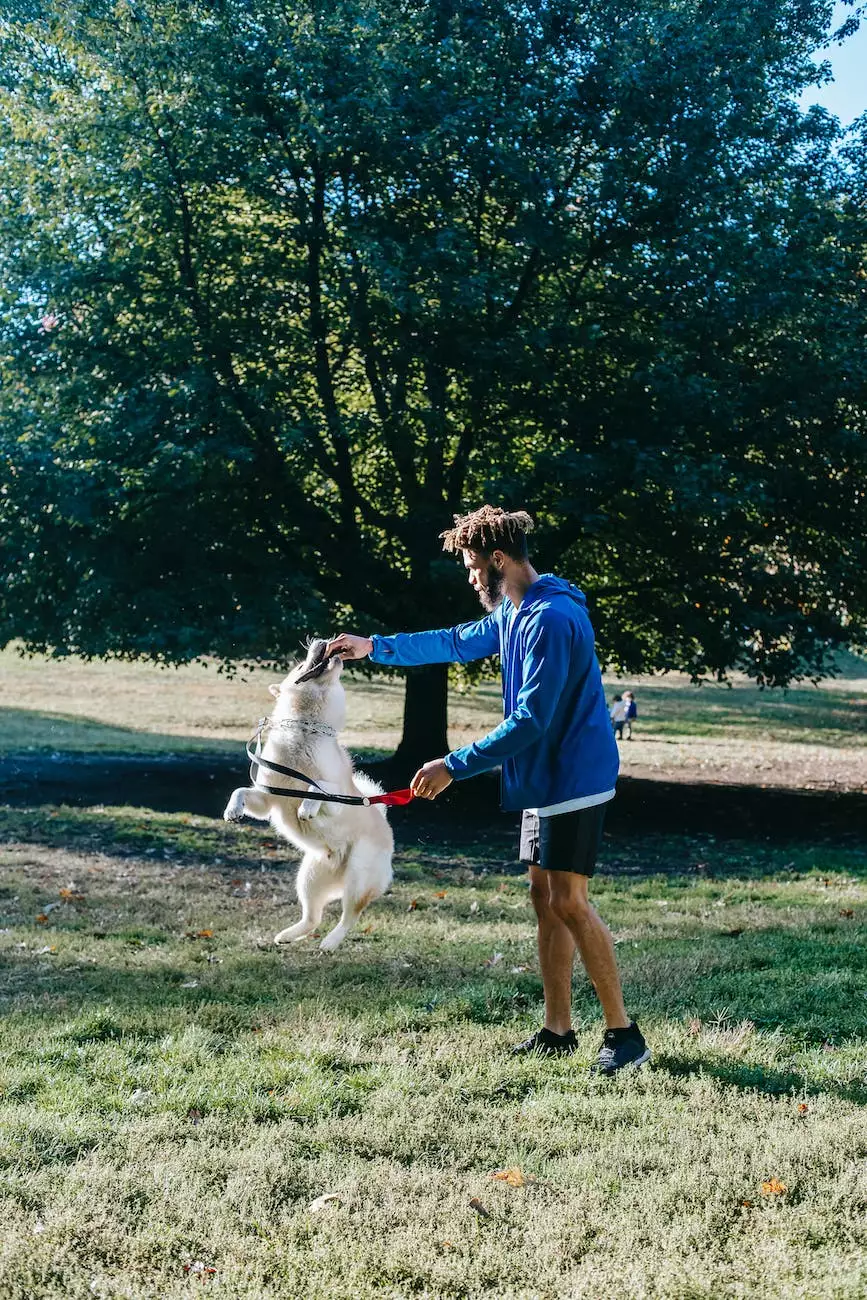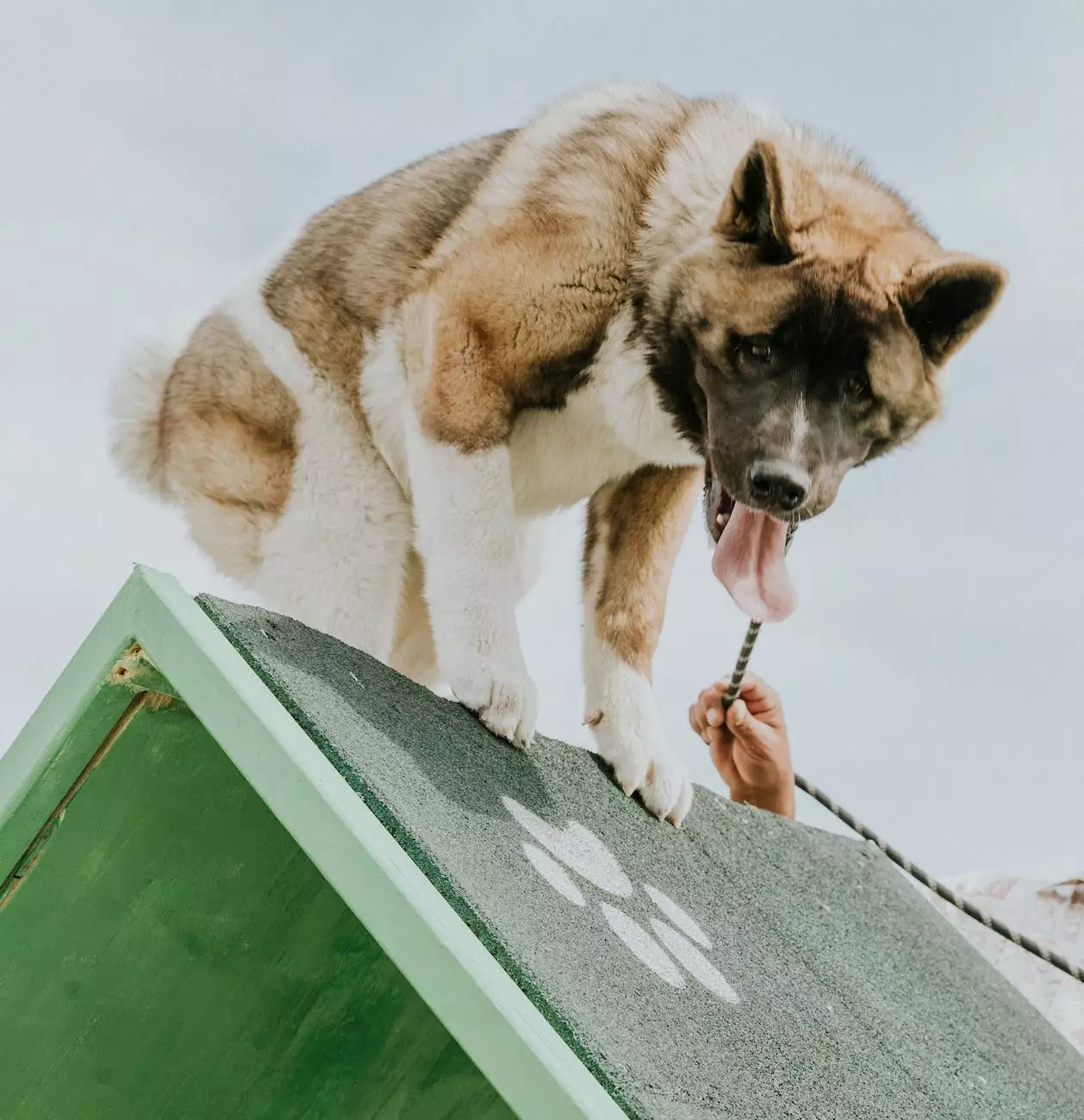How To Understand Your Dog's Body Language
Dog Care
Introduction
Welcome to The Upbeat K9, where we are dedicated to helping you understand your dog's body language. Communication with your furry friend is crucial for a strong and healthy bond. By learning to read your dog's signals, you can address their needs, develop trust, and prevent potential problems.
Why is Dog Body Language Important?
Dogs primarily rely on body language to communicate with us and other dogs. Understanding their signals can provide valuable insights into their emotions, intentions, and overall well-being. By interpreting their body language correctly, you can respond appropriately, ensuring a positive and harmonious environment for both you and your dog.
Common Dog Body Language Signals
The Tail
The position and movement of a dog's tail can convey various emotions. A vigorously wagging tail usually indicates happiness and excitement, while a tucked tail often signifies fear or submission. Additionally, a stiffly raised tail accompanied by a rigid body can indicate aggression or arousal. Remember to consider the context and other body language signals when assessing your dog's emotional state.
The Ears
Dogs have a remarkable ability to communicate their emotions through their ears. Erect ears suggest alertness or interest, while flattened ears indicate fear or submission. Playful or relaxed dogs typically have their ears in a natural position. Be observant of your dog's ear movements as they can offer valuable cues about their current state of mind.
The Eyes
Eye contact can vary in meaning depending on the situation. Direct eye contact from a relaxed dog usually indicates trust and confidence, while dilated pupils or a fixed stare can suggest aggression or anxiety. Averting eye contact can signal submission or fear. Paying attention to your dog's eyes can help you gauge their comfort level and emotional state.
Body Posture
Dogs communicate extensively through their body posture. A relaxed and loose body usually indicates a calm and content dog. Conversely, a stiff or rigid body may indicate stress or aggression. Pay attention to any signs of tension, such as raised hackles or a lowered body posture. Recognizing your dog's specific body language cues will improve your ability to understand their needs and emotions.
Building a Strong Connection
Understanding your dog's body language is just the first step towards building a solid bond. Here are some additional tips to enhance your connection:
Pay Attention to Tail Wagging
While tail wagging often indicates happiness, it's essential to consider the overall context. Observe the intensity and height of the wag, as well as the accompanying body language. A high and rapid wag coupled with a relaxed body posture is a positive sign, while a low or slow wag with a tense body can indicate unease.
Learn the ABCs of Canine Facial Expressions
A dog's face can provide valuable insights into their emotions. Practice identifying different facial expressions, including mouth shape, ear position, and eye contact. A dog with a relaxed open mouth, soft eyes, and ears in a natural position is likely content and comfortable.
Observe Play Behavior
Play is an important aspect of your dog's well-being. Observe their play behavior and body language. Healthy play is characterized by loose and relaxed movements, reciprocal exchanges, and intermittent breaks. If you notice stiff body language, growling, or prolonged tension during play, it may be necessary to intervene and redirect their behavior.
Conclusion
Understanding your dog's body language is an essential skill for every responsible pet owner. By decoding their signals, you can ensure their well-being, improve your communication, and strengthen the bond between you and your furry friend. Remember, patience, observation, and practice are key to becoming proficient in understanding and responding to your dog's body language signals.




